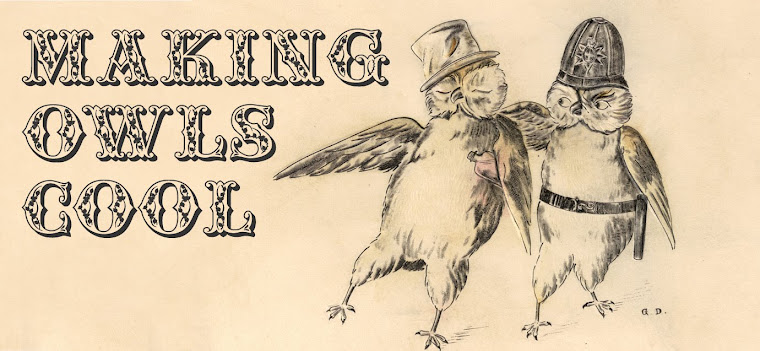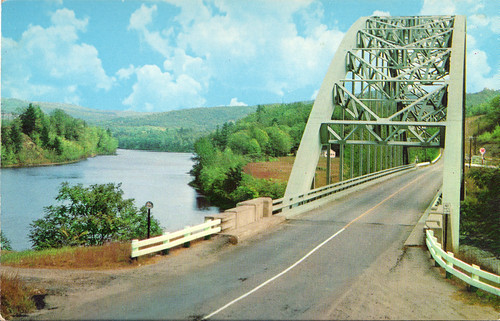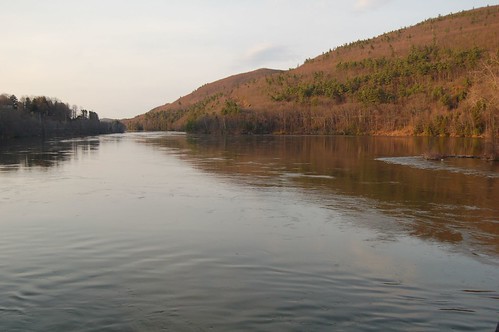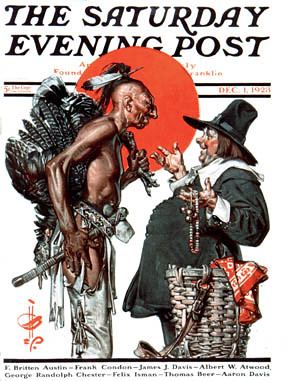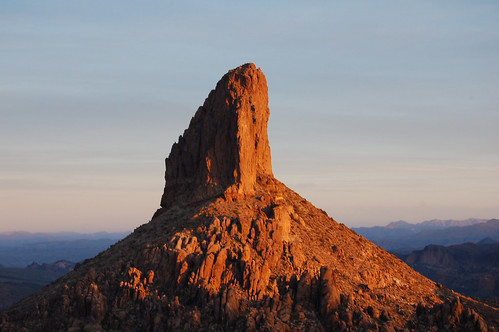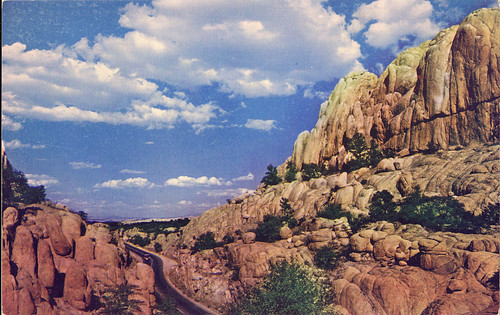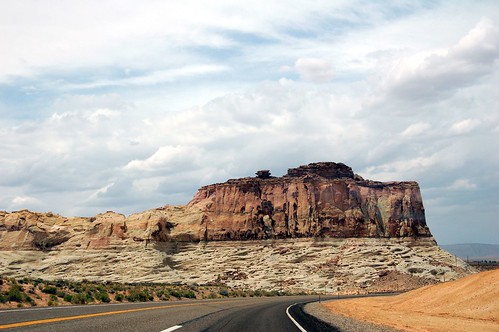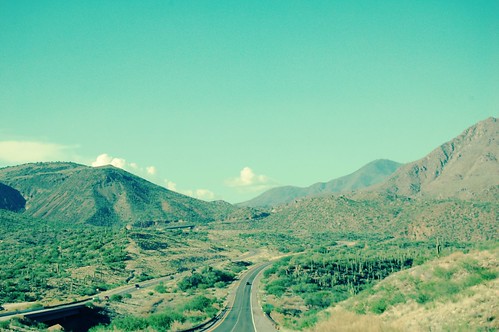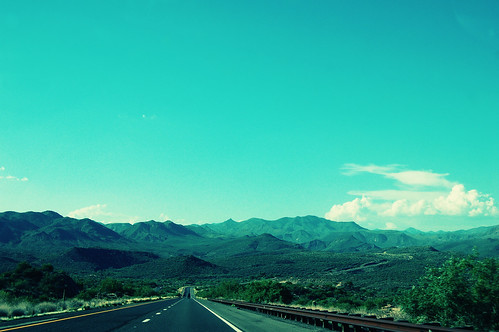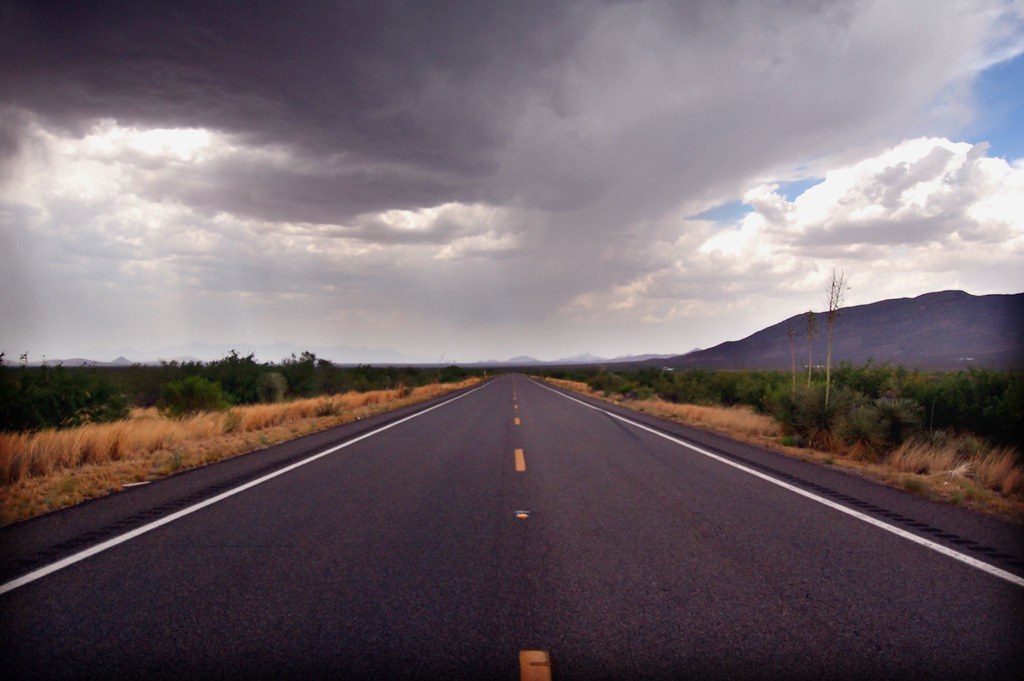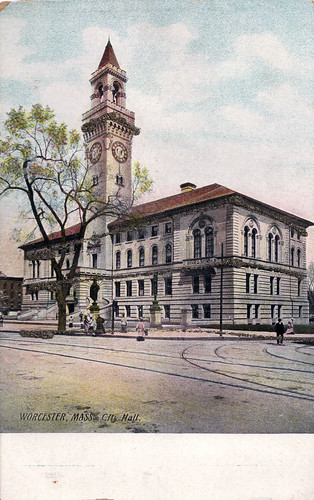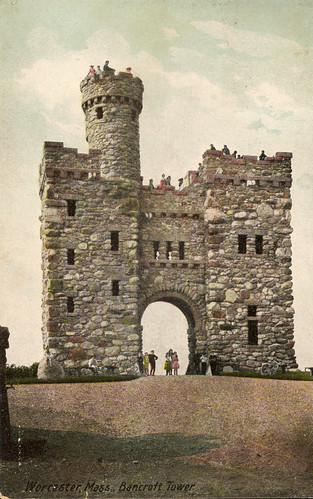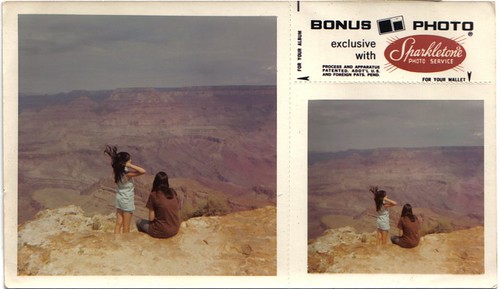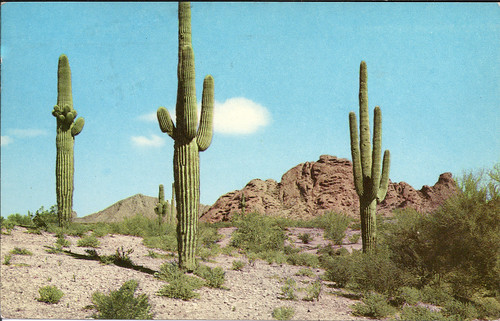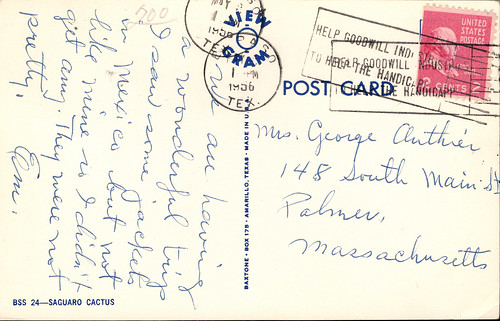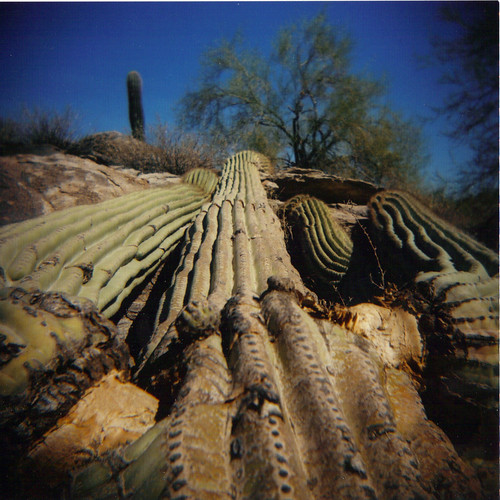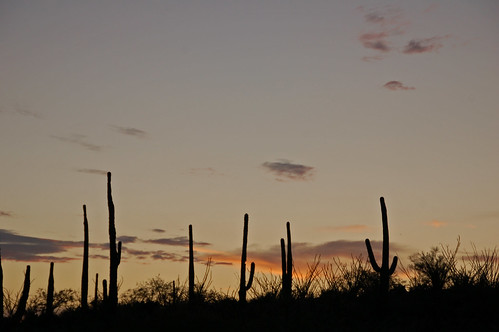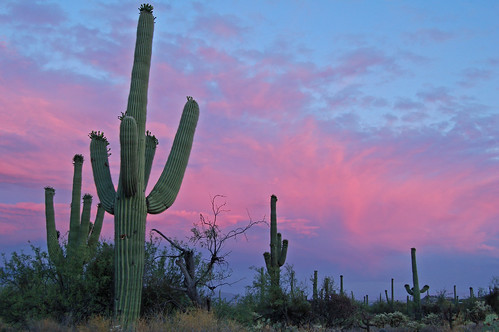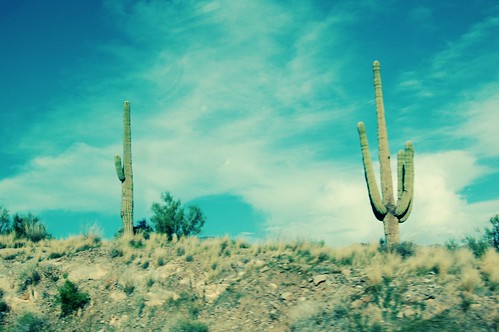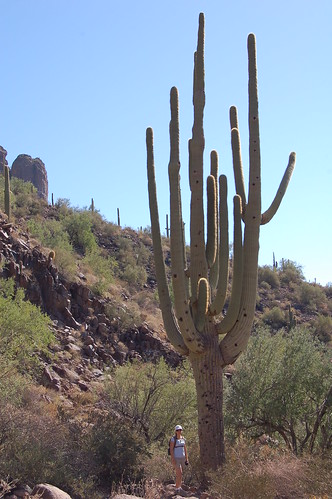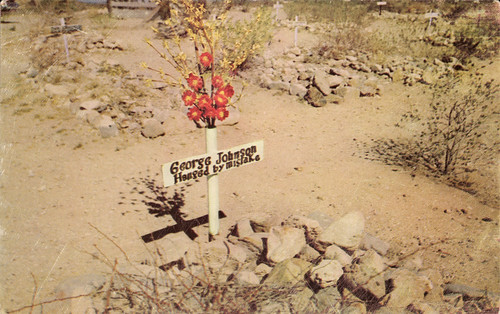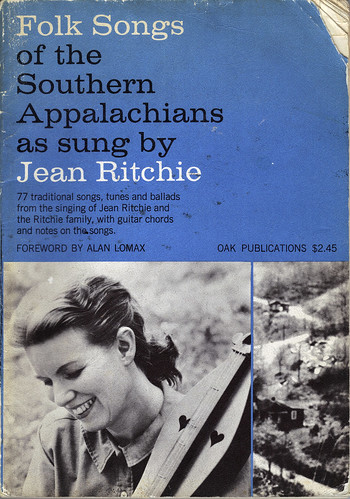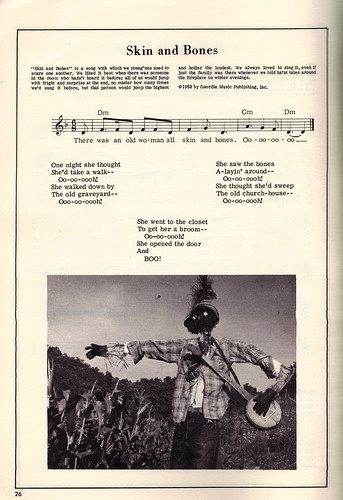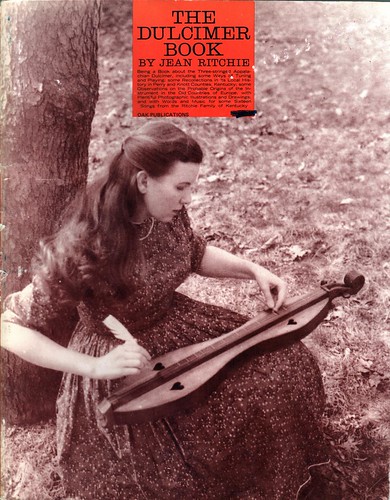I've been teaching English language and literature for seven years now and I noticed that my mind tends to organize things I read into potential syllabi. I thought it might be fun to share some of the lists I come up with, so here goes:
List 1 - American Nature Writing Before 1900
1. Hector St. John de Crèvecœur - Letters from an American Farmer - 1782 - Crèvecœur was a French immigrant to the America who recorded his experiences with the colonial/republican political experiments, but also his experiences with the natural world he discovered in Orange County, New York.
2. Thomas Jefferson - Notes on the State of Virginia - 1787 - One of Jefferson's best known works, "Notes" discusses cultural and natural issues. Jefferson engages in what modern readers recognize as questionable pseudo-science, particularly his remarks on Native Americans and African-Americans, but his scientific mind shines when he talks about nature.
3. Meriwether Lewis - The Journals of Lewis and Clark - 1804-1806 - though the Lewis and Clark expedition laid the way for westward expansion and the dispossession of the Native Americans, those on the expedition didn't know it at the time. Poor Lewis committed suicide in 1909, but the work he left behind paints an fascinating portrait of the American west before expansion.
4. John James Audubon - Ornithological Biography or An account of the habits of the birds of the United States of America - 1831 - This is the accompanying text to Birds of America. Ornithological Biography tells stories of the birds Audubon depicted in Birds of America and describes his own dangerous experiences in the wilderness.
5. Ralph Waldo Emerson - Nature - 1835 - The ultimate work of Transcendentalism.
6. Susan Fenimore Cooper - Rural Hours - 1850 - Though I couldn't quite justify including her famous father, James Fenimore Cooper, in the list, Susan Fenimore Cooper's Rural Hours is a beautiful work of nature writing. Thoreau consulted it when writing Walden.
7. Henry David Thoreau - Walden: of Life in the Woods - 1854 and The Maine Woods - 1864
8. John Wesley Powell - Exploration of the Colorado River of the West and Its Tributaries. - 1875 - John Wesley Powell only had one arm, but he sure got a lot done. The parts about the Grand Canyon are amazing.
9. Walt Whitman - Specimen Days - 1882 - This is some of Whitman's prose. It's really beautiful.
10. John Muir - Just read everything you can by John Muir.
So that's what I got. I did this mostly off the top of my head, so I'm sure I missed some great stuff. I know I I also didn't really define nature writing, but I'm relying on the content to do that for me. Also, I didn't include Native American nature writing here because that deserves its own list rather than being lumped in with the Euro-American stuff. Oh, and all the links go directly to the works because it's all off copyright!
What did I miss? Fill me in. Post your own list.
List 1 - American Nature Writing Before 1900
1. Hector St. John de Crèvecœur - Letters from an American Farmer - 1782 - Crèvecœur was a French immigrant to the America who recorded his experiences with the colonial/republican political experiments, but also his experiences with the natural world he discovered in Orange County, New York.
2. Thomas Jefferson - Notes on the State of Virginia - 1787 - One of Jefferson's best known works, "Notes" discusses cultural and natural issues. Jefferson engages in what modern readers recognize as questionable pseudo-science, particularly his remarks on Native Americans and African-Americans, but his scientific mind shines when he talks about nature.
3. Meriwether Lewis - The Journals of Lewis and Clark - 1804-1806 - though the Lewis and Clark expedition laid the way for westward expansion and the dispossession of the Native Americans, those on the expedition didn't know it at the time. Poor Lewis committed suicide in 1909, but the work he left behind paints an fascinating portrait of the American west before expansion.
4. John James Audubon - Ornithological Biography or An account of the habits of the birds of the United States of America - 1831 - This is the accompanying text to Birds of America. Ornithological Biography tells stories of the birds Audubon depicted in Birds of America and describes his own dangerous experiences in the wilderness.
5. Ralph Waldo Emerson - Nature - 1835 - The ultimate work of Transcendentalism.
6. Susan Fenimore Cooper - Rural Hours - 1850 - Though I couldn't quite justify including her famous father, James Fenimore Cooper, in the list, Susan Fenimore Cooper's Rural Hours is a beautiful work of nature writing. Thoreau consulted it when writing Walden.
7. Henry David Thoreau - Walden: of Life in the Woods - 1854 and The Maine Woods - 1864
8. John Wesley Powell - Exploration of the Colorado River of the West and Its Tributaries. - 1875 - John Wesley Powell only had one arm, but he sure got a lot done. The parts about the Grand Canyon are amazing.
9. Walt Whitman - Specimen Days - 1882 - This is some of Whitman's prose. It's really beautiful.
10. John Muir - Just read everything you can by John Muir.
So that's what I got. I did this mostly off the top of my head, so I'm sure I missed some great stuff. I know I I also didn't really define nature writing, but I'm relying on the content to do that for me. Also, I didn't include Native American nature writing here because that deserves its own list rather than being lumped in with the Euro-American stuff. Oh, and all the links go directly to the works because it's all off copyright!
What did I miss? Fill me in. Post your own list.
